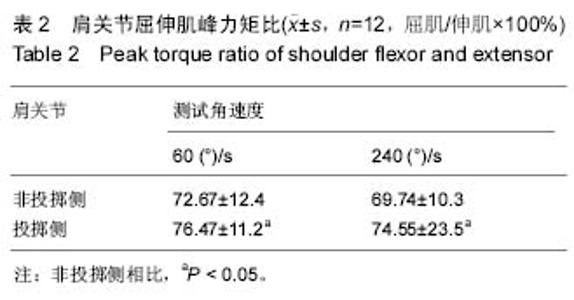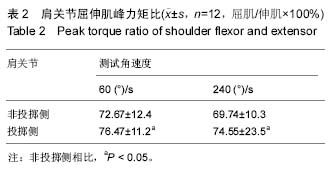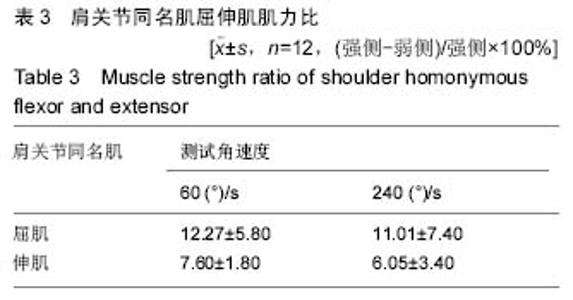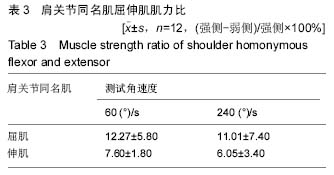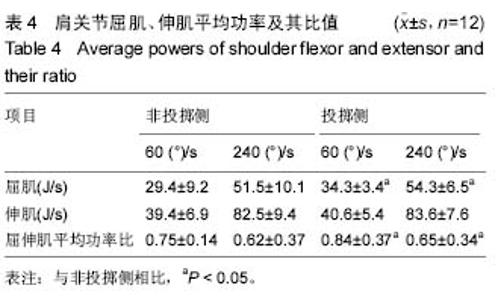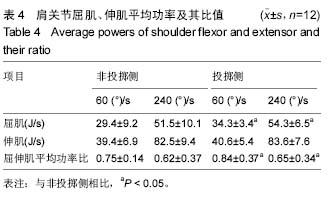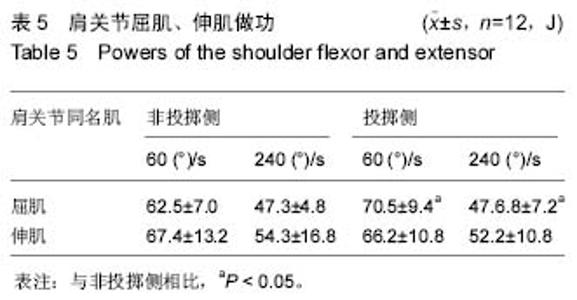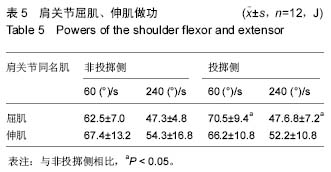| [1] 王端元.运动生理学[M].北京:人民体育出版社,2002:31-33.
[2] 李国平,陈晓鸣,张维娜.用等速测力法评定优秀运动员股四头肌和胭绳肌力量和耐力[J].中国运动医学杂志,1988, 7(3):143-147.
[3] 荣丽,宛春宁.我国女子优秀体操运动员肩关节屈伸肌群等动向心收缩肌力研究[C].第六届全国体育科学大会论文摘要汇编,2000:446-447.
[4] 曹峰锐,邹亮畴,彭森.女子曲棍球运动员膝关节屈伸肌群等速测试与分析[J].中国组织工程研究与临床康复,2011, 15(37):6892-6894.
[5] 曹峰锐,贺建龙,吴莉莉.女子手球运动员肩关节屈伸肌群的等速测试分析[J].辽宁体育科技,2009,31(6):30-32.
[6] 周小敏,张孟雁.我国优秀划艇运动员肩、肘关节肌力特征的比较研究[J].山体育学院学报,2012,28(2):59-62.
[7] 吕万刚,韦广忠,龙思求.湖北省男子中级后期部分体操运动员肩关节屈伸力量发展状况的研究[J].武汉体育学院学报,1996,6(4):28-32.
[8] 王希升,赵海涛.对乒乓球、网球女运动员上臂力量特点的研究[J].沈阳体育学院学报,2000,3(3):8-10.
[9] 丁浩男.大学生网球运动员肩关节屈伸肌等速向心肌力特征研究[J].体育科技,2013,34(4):87.
[10] 汪洋,王雁,衣龙燕,等.我国优秀男子花剑运动员下肢等速肌力测试分析[J].中国体育科技,2013,49(6):67-68.
[11] 郭黎,苑廷刚,张志伟. 我国优秀击剑运动员上肢三关节等速肌力测试研究[J].中国体育科技,2010,46(3):73-74.
[12] 郭明,乔立波,贡勇强. 利用等速肌力测试系统对垒球投手肩、膝、髋关节的测试与研究[J].当代体育科技,2013, 3(18)11-12.
[13] 王星.男子网球运动员肘关节屈伸肌群的等速测试研究[D].沈阳:沈阳体育学院,2014.
[14] 俞小亚,马楚虹,钱永东,等.优秀攀岩运动员肘关节屈伸肌等速肌力测试研究[J].四川体育科学,2009,5(3):45-47.
[15] 邹魁,蒋云飞,周继和.柔道国家健将级与一级运动员膝关节等速向心测试的差异性比较[J].四川体育科学,2010, (2): 37-50. |
